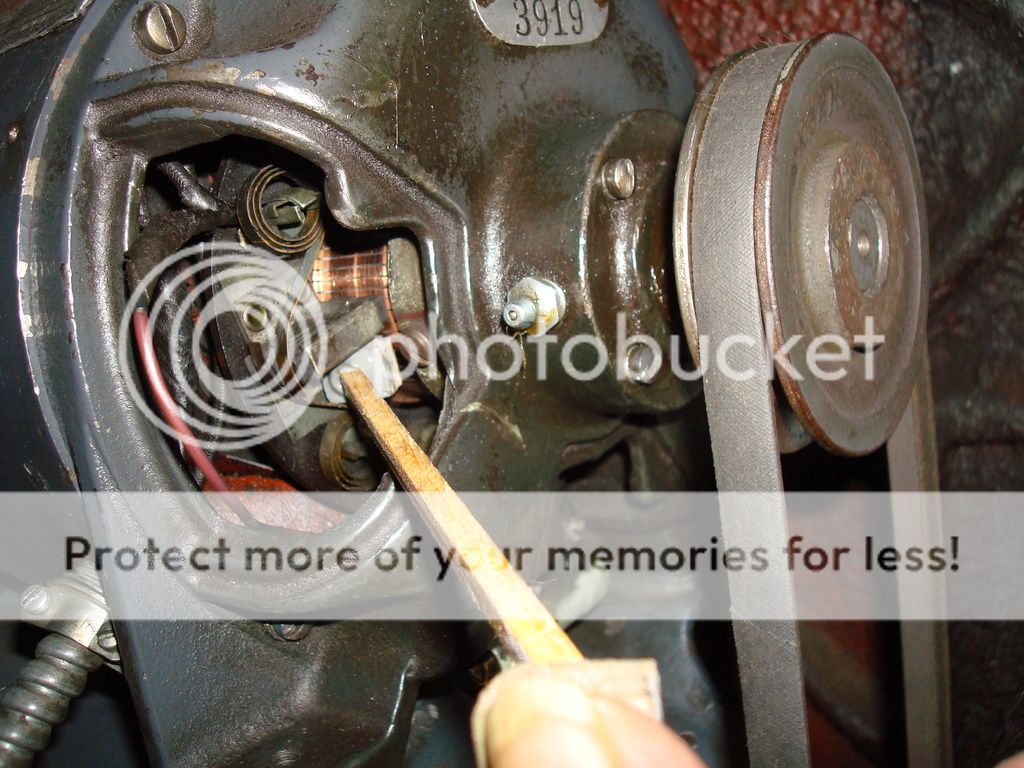Jaymce
Aluminum
- Joined
- Jan 6, 2013
- Location
- New England
Fired it up today and spindle drive seems to be engaging and disengaging. Any one seen this before?
Tapatalk Cloud - Downlaoad File 20190713_132108.mp4
Sent from my SM-G950U using Tapatalk
Tapatalk Cloud - Downlaoad File 20190713_132108.mp4
Sent from my SM-G950U using Tapatalk






